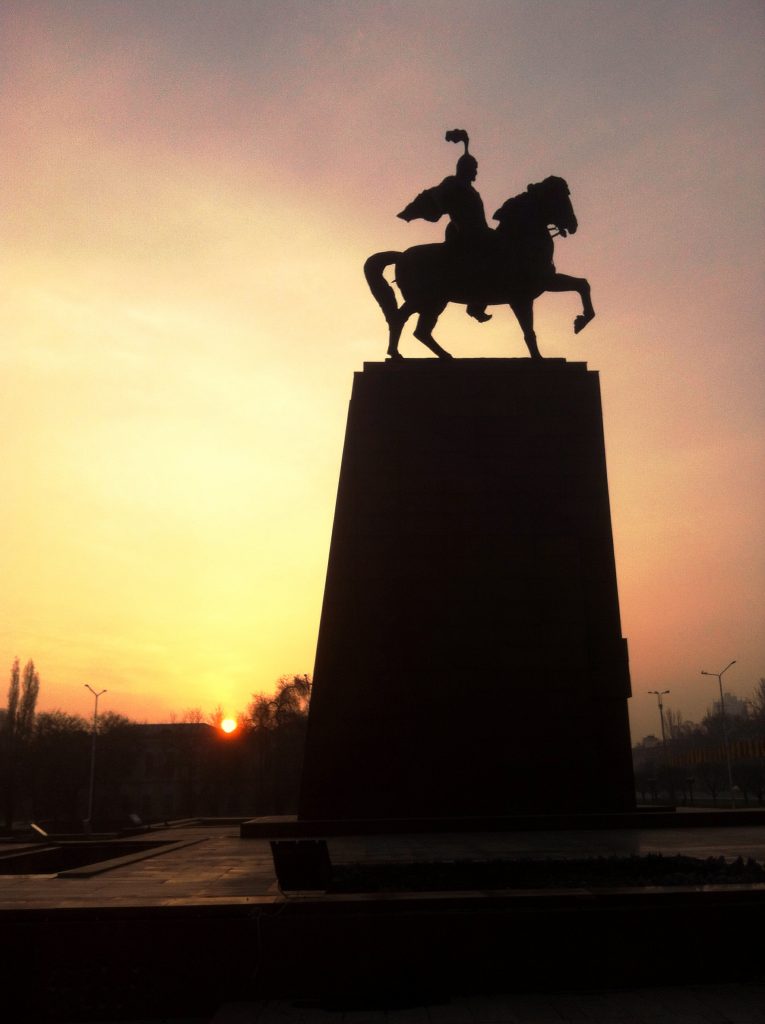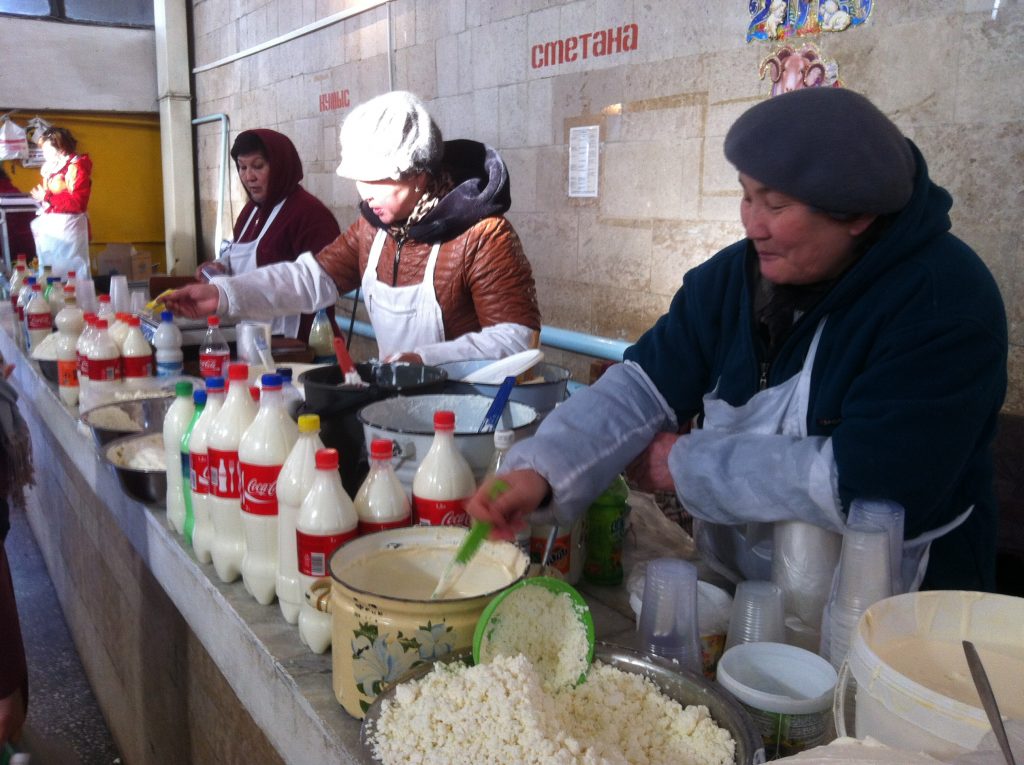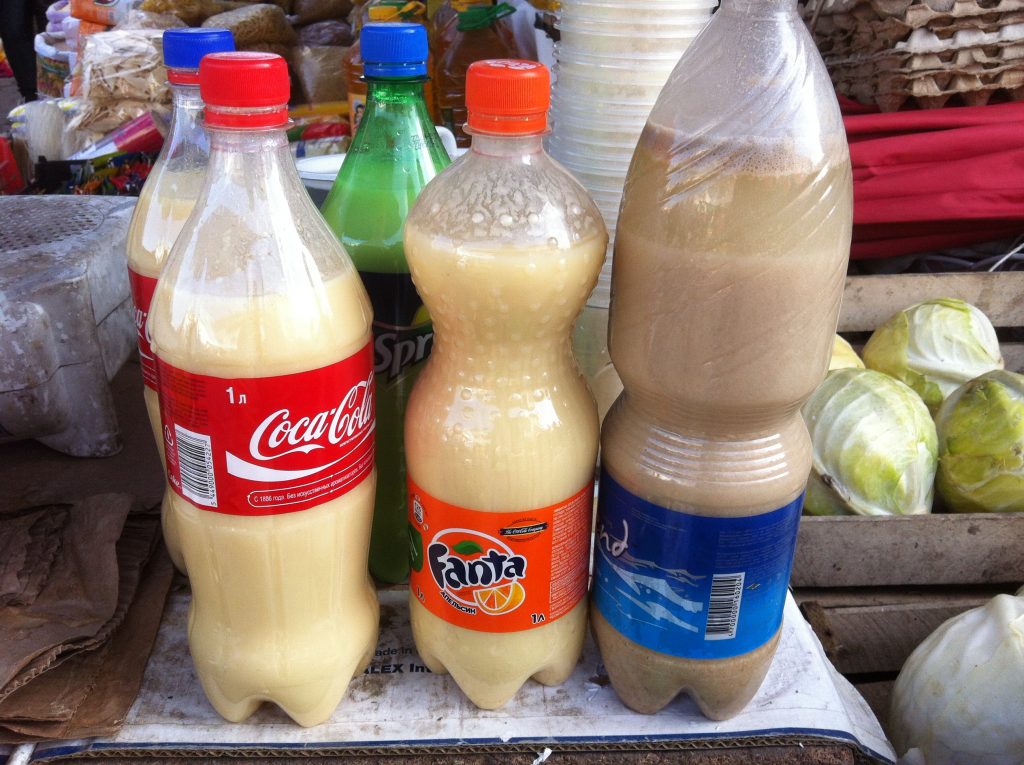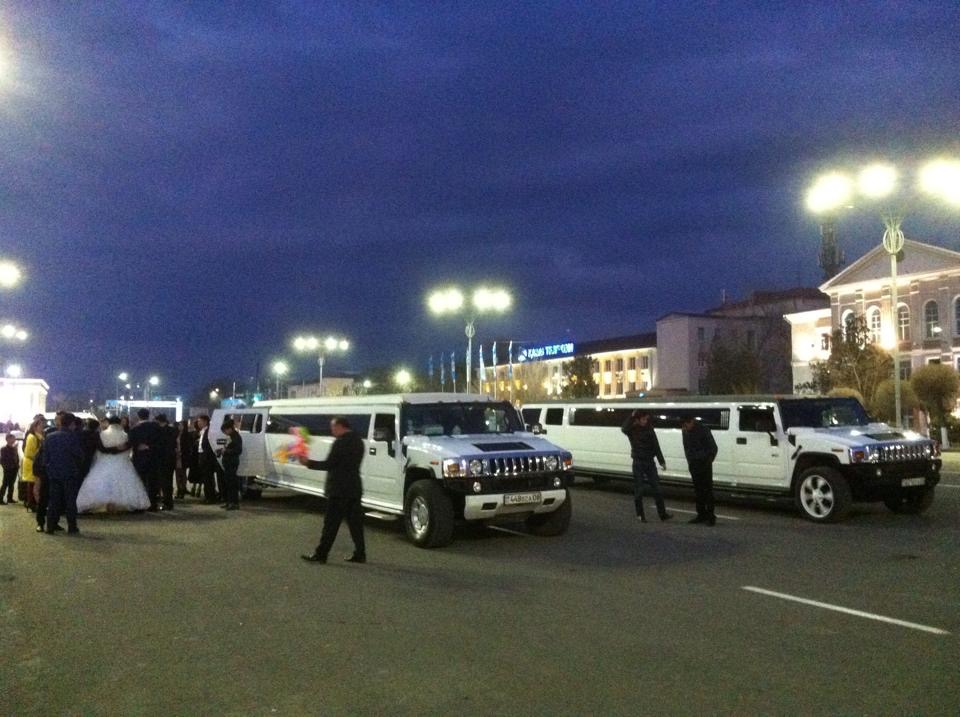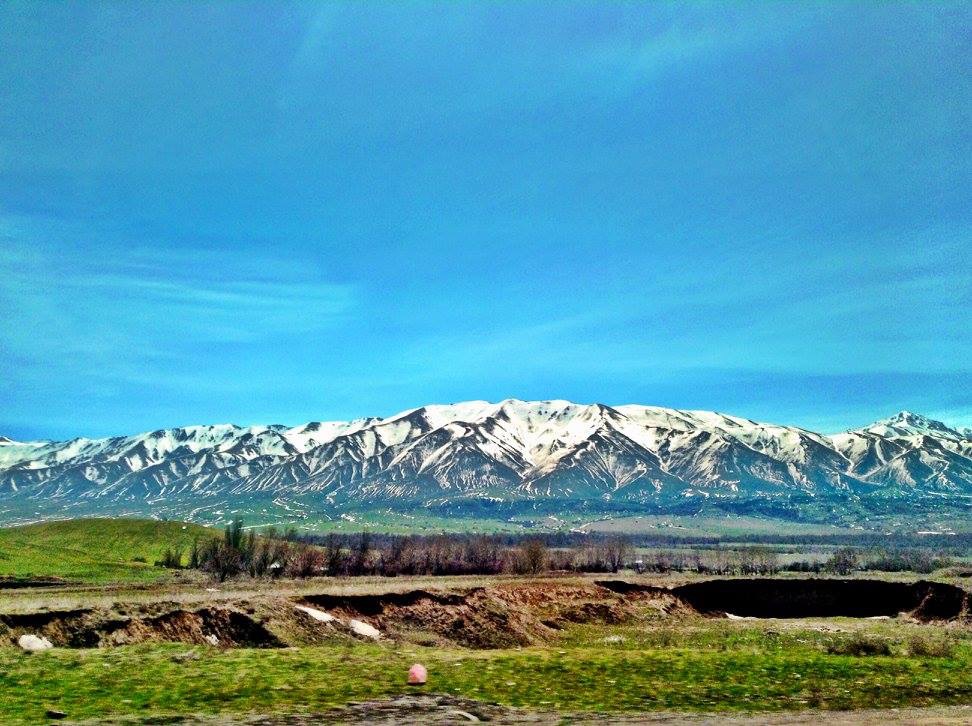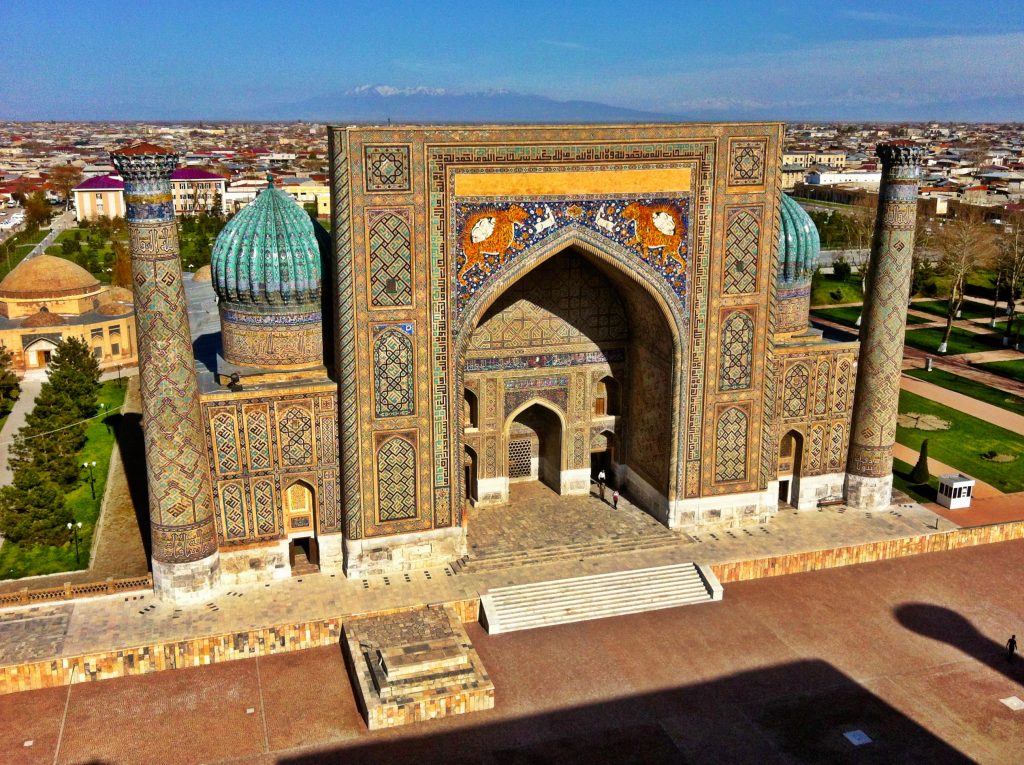
uzbekistan – what a country. first off, it has the wackiest currency situation you’ve ever heard of. the government sets the official exchange rate, but the uzbek currency is actually worth less than half of what the government says it is. so there is a black market currency trade on the street, on which you may sell u.s. dollars and get twice as much value as you would from an atm. because of this no one uses atms (even if they did, there are only about one in each city, and they are filled once a month and run out of cash by about the third day of the month). the problem is, selling u.s. dollars on the black market is illegal. and uzbekistan is a brutal police state, so you really don’t want to get caught breaking the law. but there’s not much of a choice on this one. most random people don’t want to risk changing money for you on the black market though, and believe me, i asked. i finally found my go-to guy in the capital tashkent. he owned the disco across the street from the hotel i was staying at, and i went to him first because it was the only place open and i needed cash to pay for the hotel. what goes down is he discretely takes my $50 bill and tells me to wait as he disappears. i wait for half an hour in this super shady, smoky club with lasers and strobe lights, having no idea if this guy is ever coming back. but even if every second time you try one of these shady illegal transactions the guy steals your money, you’re still better off than using an atm. he finally comes back, trying to hide the fact that he is carrying a huge bag of bills. the largest uzbek bill is the equivalent of about 20 cents. so any amount of money comes in stacks of bills held together with elastic bands. you need a backpack to carry $50. especially if you want to leave without anyone knowing you’re carrying money from an illegal transaction. fun stuff!
as mentioned, uzbekistan is a police state that has been run by the same despotic regime since the soviet union collapsed. the dictator’s name is islam karimov. despite his first name and the fact that 80% of the population is muslim, his main opposition has been from a group called the islamic movement of uzbekistan (imu), which is based in the volatile ferghana valley. thus, what is said in the mosques is a major concern for government intelligence; rumor has it every sermon in the country needs to be approved in advance, and every religious gathering is under the scrutiny of agents. government agents murdered several hundred protesters in 2005 in the main square of the city of andijan before burying them in mass graves, an example that is just the tip of the disturbing iceberg of complete government control of everything. despite these human rights violations, karimov has managed to keep himself off the united states’ bad list by allowing the u.s. military to use uzbekistan’s airports for the war in afghanistan. and despite being a police state, the police aren’t trusted to protect people; one of the biggest sectors of the economy is personal protective services for the rich. for everyone else though it is quite safe. every single car in uzbekistan is a taxi – one simply holds your arm out at a 10 degree angle from your body and every car will pull over and be glad to give you a ride for a small fee. got in with some sketchy characters but every one got me where i wanted to go!
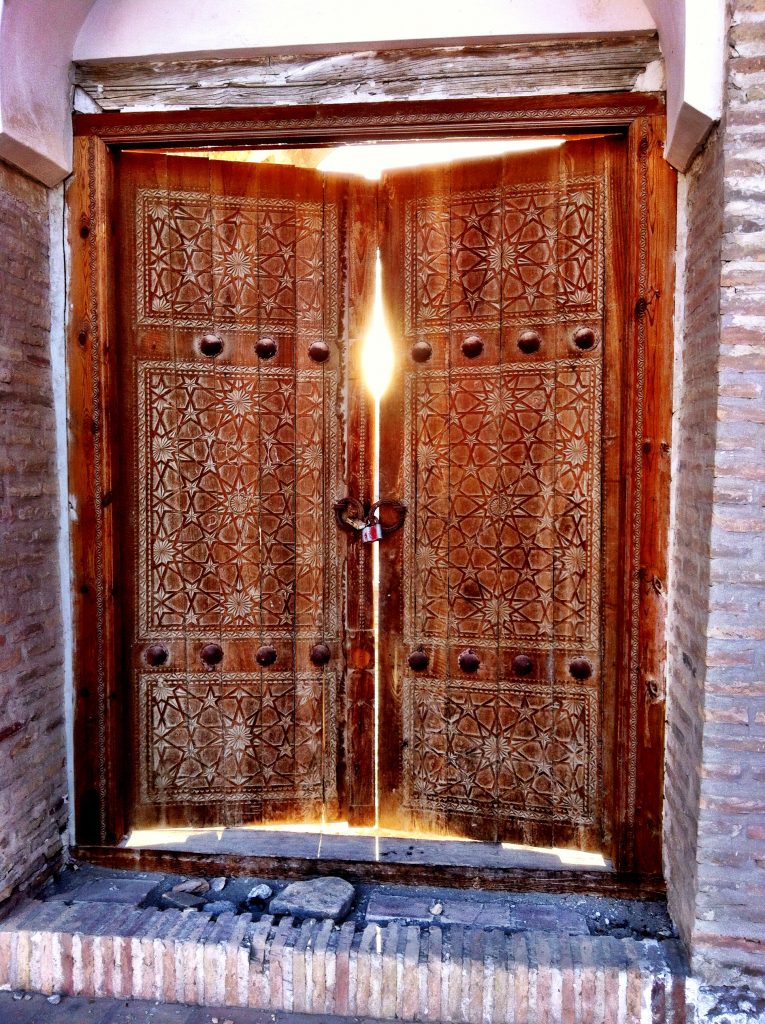
uzbekistan is very poor, but one of the benefits of having a dictator is that they may feel free to squander the state’s money on a legacy high speed train through the central asian desert. the 250 km/hr train is called the afrosiyob, and goes from the capital tashkent to samarkand. alas, it was sold out when i wanted to take it, so i had to settle for the slow train. getting on the train in uzbekistan requires no less than five separate security and passport checks.
samarkand was the capital of the blood-thirsty warlord tamerlane, or timur, who controlled one of the world’s largest empires in the 1300s. after he died and his empire was imploding, his descendants built impressive architectural edifaces, mostly in the form of mosques. timur is now being hailed as hero of “modern” uzbekistan. the most epic place in samarkand and central asia is the registan emsemble, three mosques with massive facades that face a central square. it is truly awe inspiring. while there, a soldier approached me about a racket he was running to let people climb a minaret of one of the mosques for a small monetary “gift.” that’s just how things work in this part of the world, i was learning. i got to the top of the tiny spiral staircase and there was just a hole out the top of the minaret, providing absolutely beautiful views over the registan and all of samarkand.
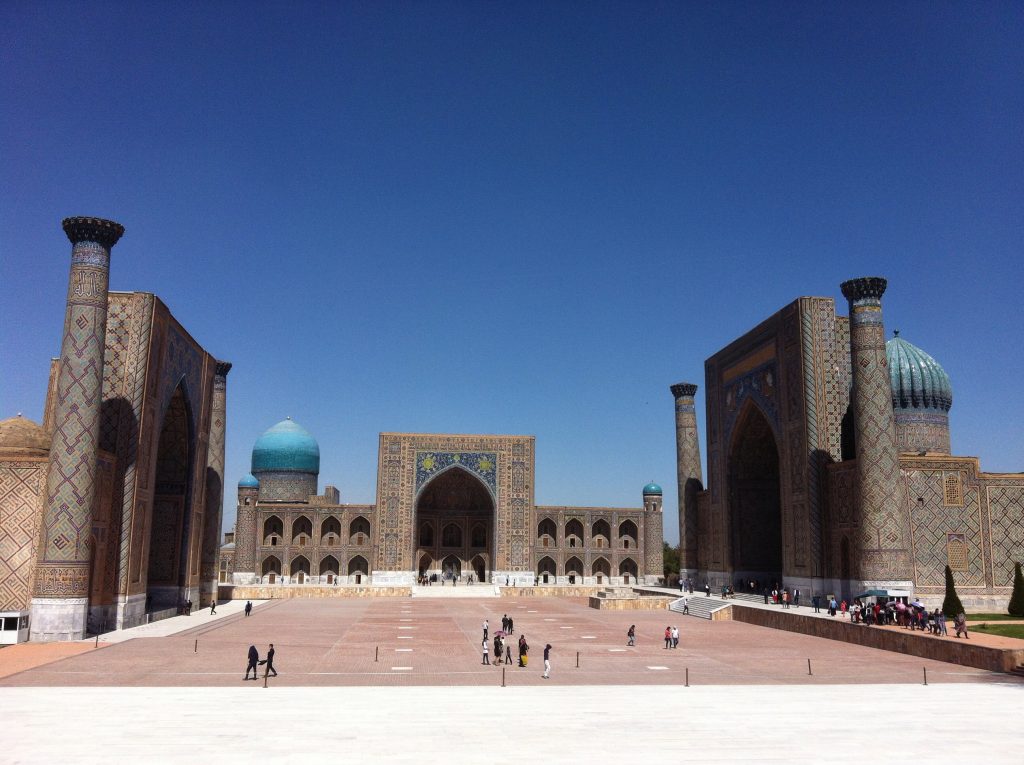

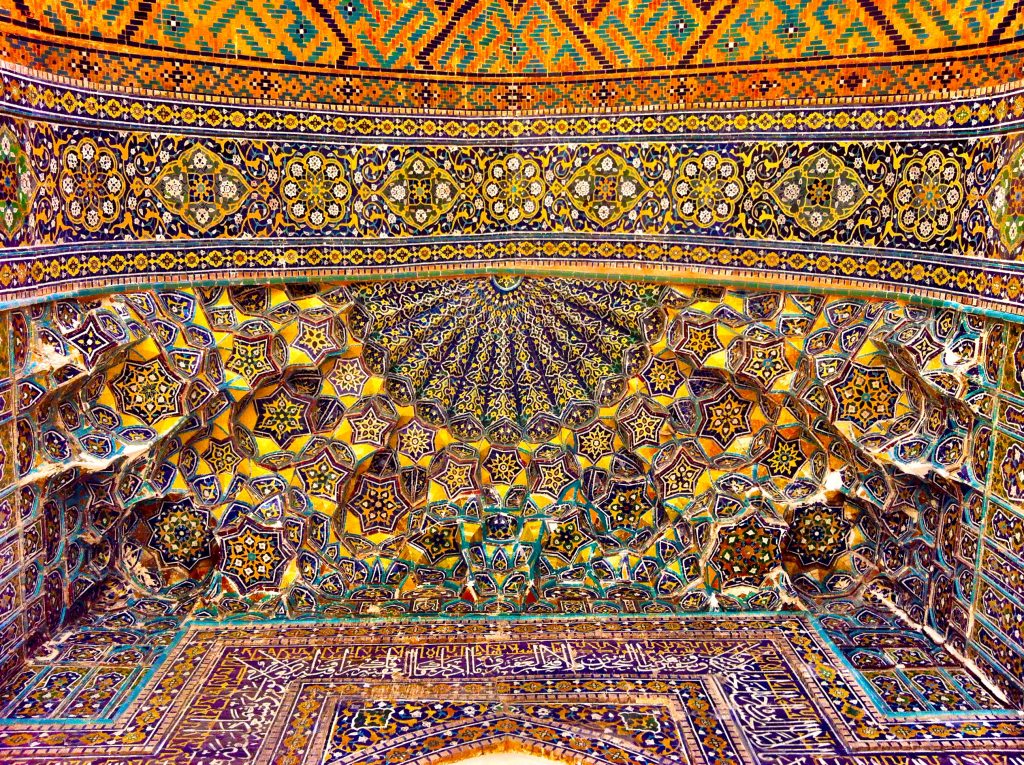

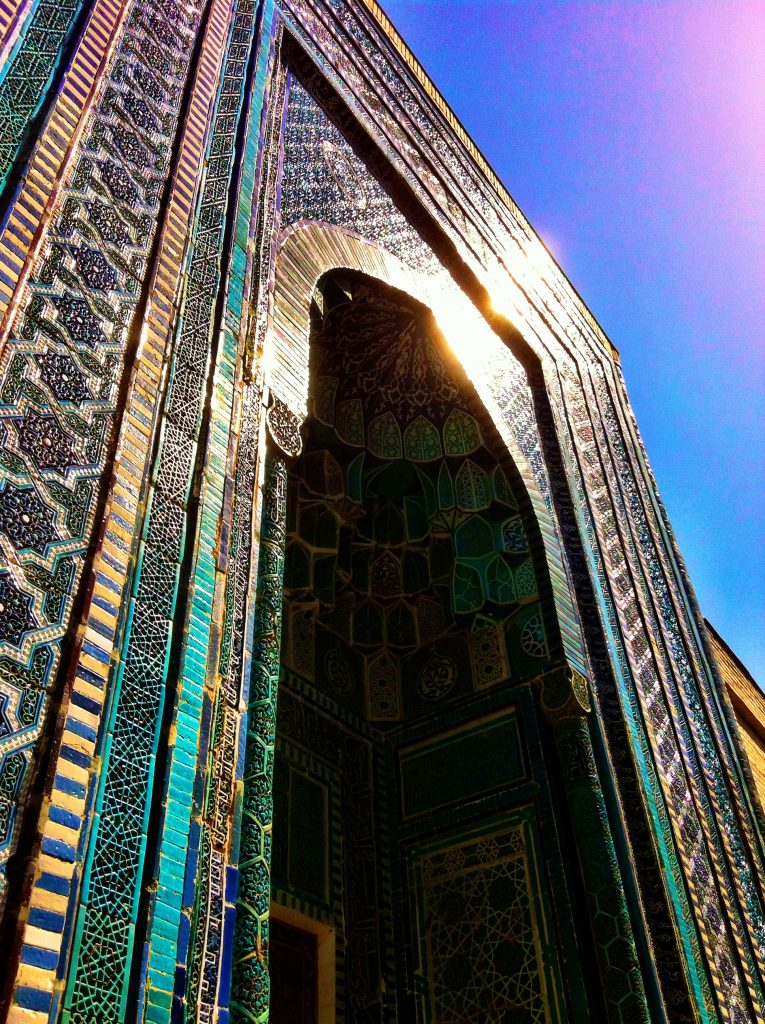

other things i saw in samarkand included the tomb of timur. they wanted $5 to get in so i opted to just discretely enter through the back door for free. the tomb of the hebrew prophet daniel is in samarkand’s expansive cemetery, as is a much more frequented tomb of one of muhammad’s cousins who brought islam to central asia.
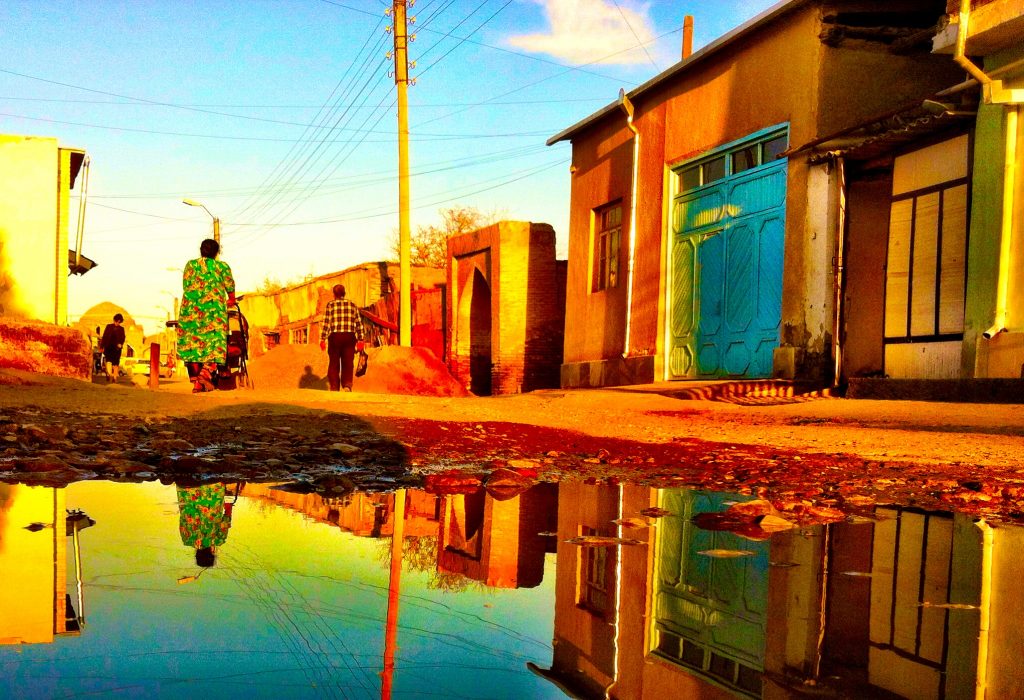
i also visited another famous ancient silk road city four hours further into the desert called bukhara. despite being in uzbekistan, the populations of both samarkand and bukhara are predominantly ethnic tajik, with tajik being the prominent language instead of uzbek. the political divisions that became the –stans were created by stalin and often did not correlate with the natural ethnic borders, presumably so he could pit local groups against each other to prevent uprisings against his central government.
i spent three nights in the ancient and amazing old city of bukhara. it is very much like it must have been like for the last 2000 years. the centerpiece of the city is a large walled mound called “the ark,” on which lived the local emir and a small city to support him. famously, in 1842 two british emissaries named stoddard and connelly were ceremonially beheaded at the ark for not bringing appropriate gifts to the emir. the emirate of bukhara was actually an independent nation-state until 1917. close by to the ark is the kalyan minaret, once the tallest structure in central asia. criminals would be thrown from the top to their deaths. when genghis khan razed the city he either spared the minaret because of its beauty or tried to topple it but was unable to do so – in either case it was the only thing in bukhara to survive his raid. below the minaret is an ancient madrassa (islamic school) and the po-i mosque, and miles of twisting market streets. nearby is the iconic char minor mosque, with four differently sized rounded minarets, making it look like something out of a fantasy movie. each of the minarets has incorporated symbology of another religion, including christianity and judaism. i stayed in such a nice guesthouse called rustan and zahara’s, which included an amazing, huge local breakfast of bread, yogurt, cheeses, preserved fruit and copious black tea. it was right in front of the center of the old city, a public water pool called lyabi hauze. these pools existed throughout the city as public water sources until most were filled in by the soviets for public health reasons. the second day i got the heatstroke bad wandering around all day but overall an excellent couple days in bukhara!
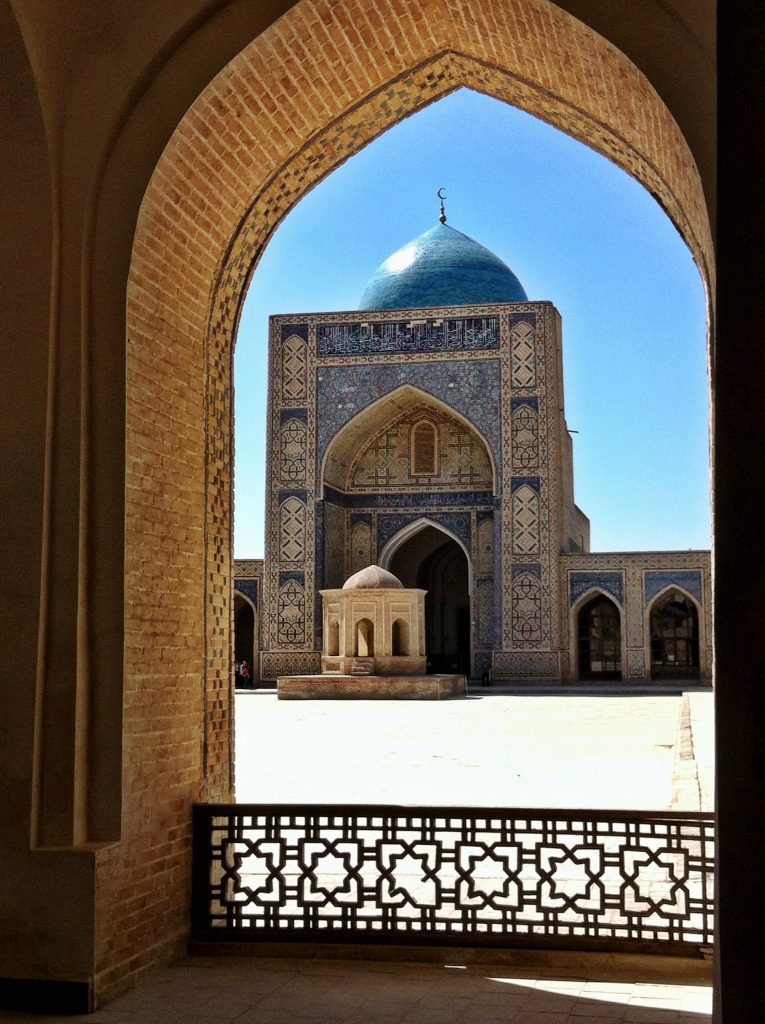


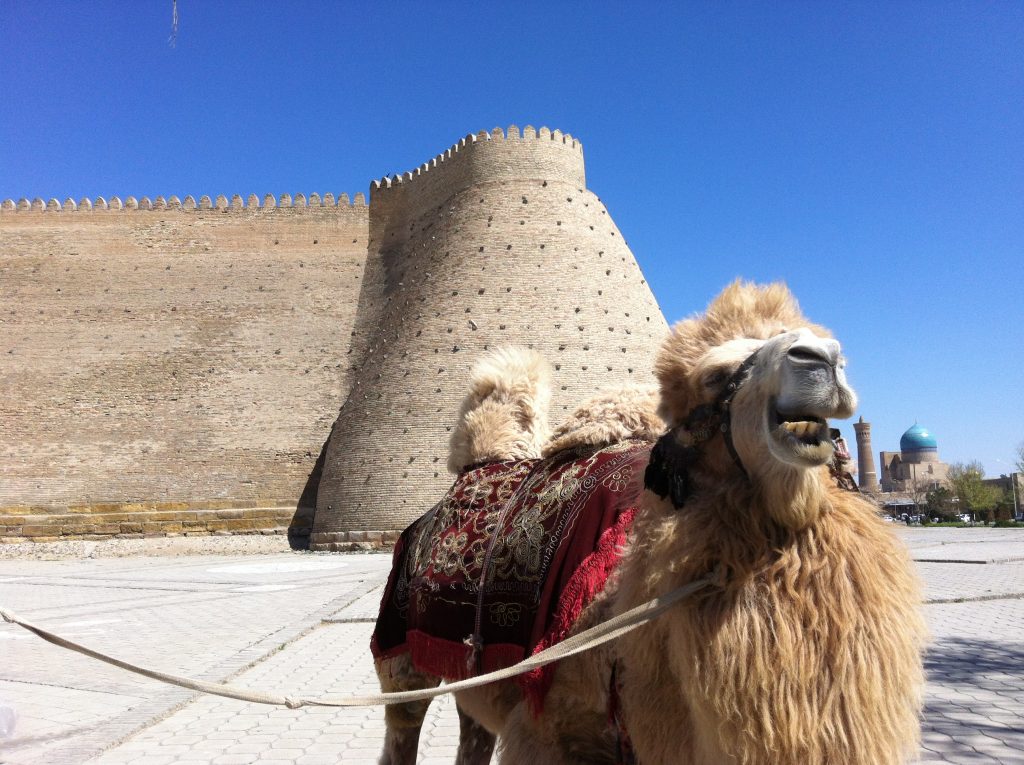
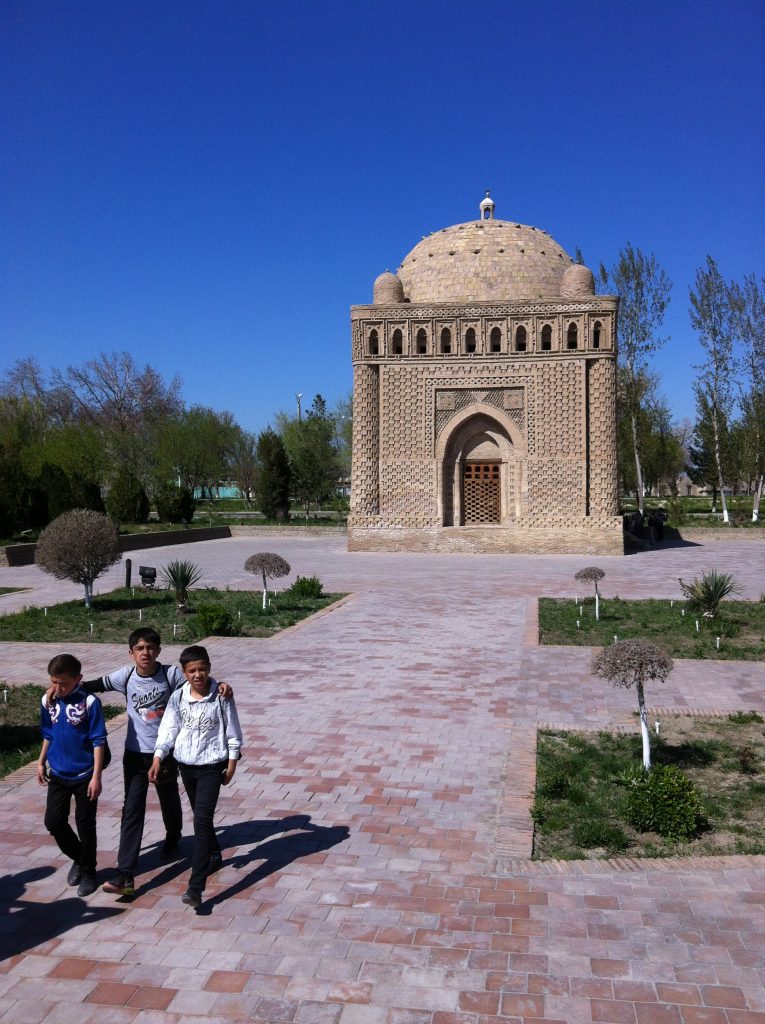
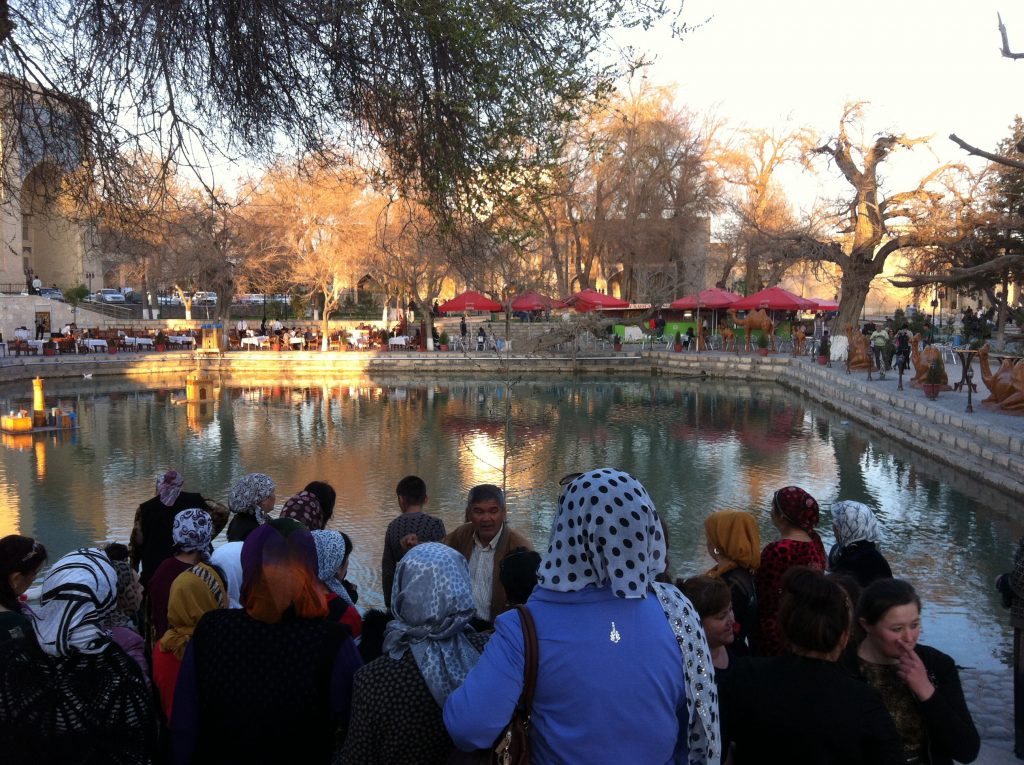



then it was back to tashkent on a long train ride with a college student who spoke english so we chatted the entire time and he taught me a lot, like how russia today (rt) is the least biased news source in the world. with a couple more days i would have loved to head further west into the desert in uzbekistan – there is a another famous silk road city called khiva which is right on the turkmenistan border. a couple hours further west from there is a theoretically autonomous region inhabited by nomadic tribes called karalpakistan, sometimes called “the forgotten stan.” in its decrepit capital nukus is the world’s second largest collection of avant-garde anti-soviet art, in the savistsky museum. time, though. back to israel through istanbul and then an all-day stop in athens greece. what a fascinating holiday!



